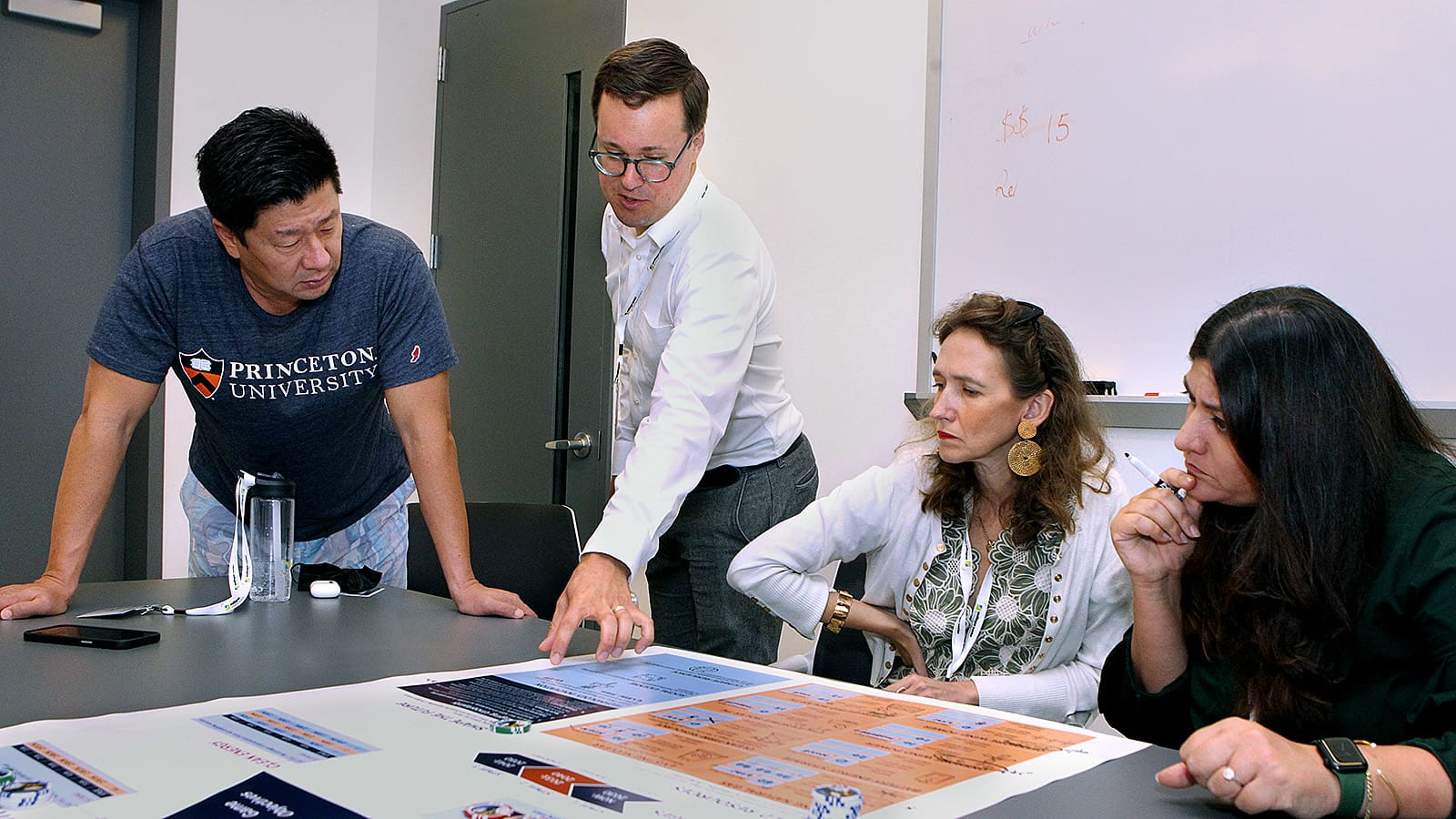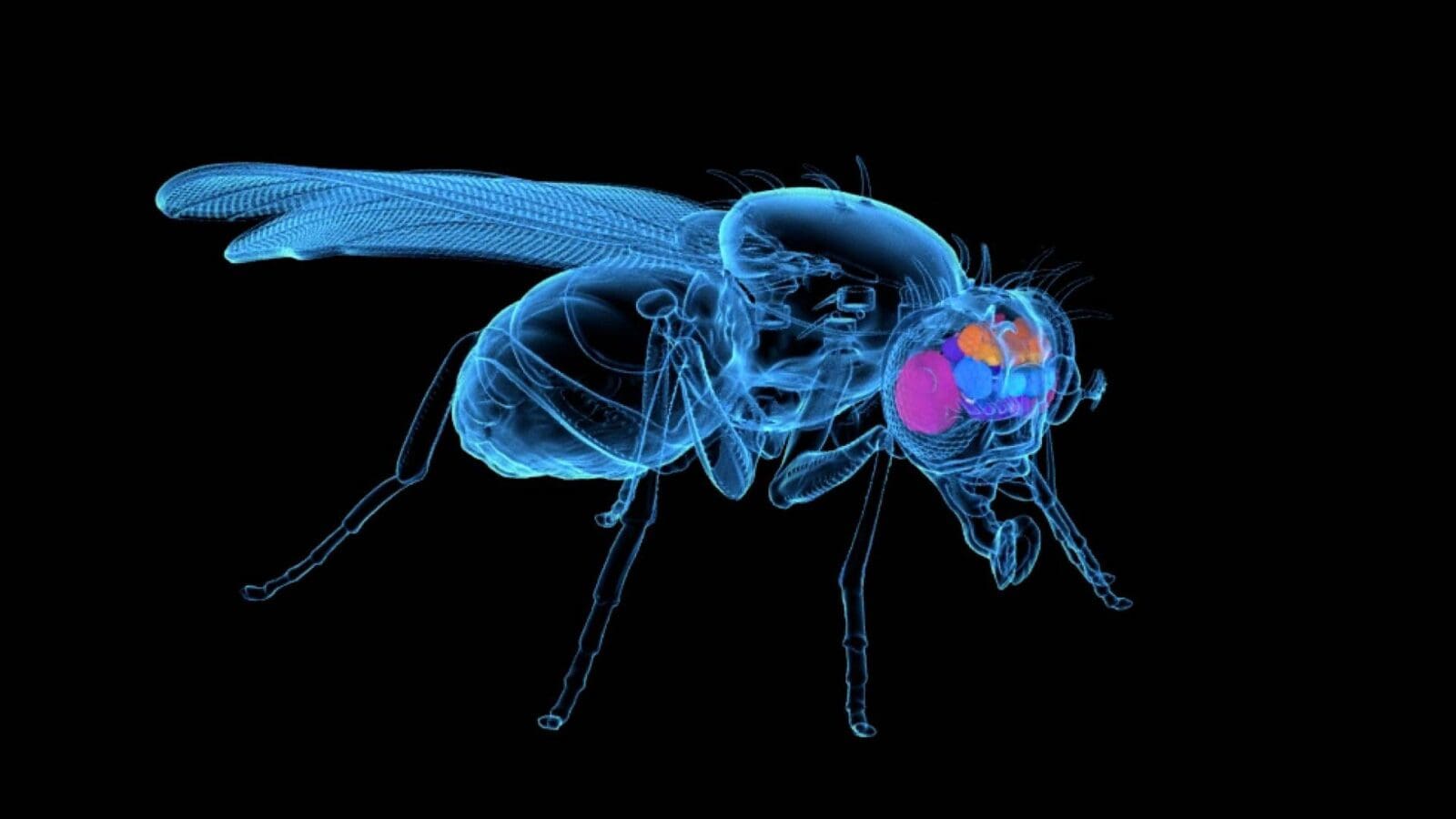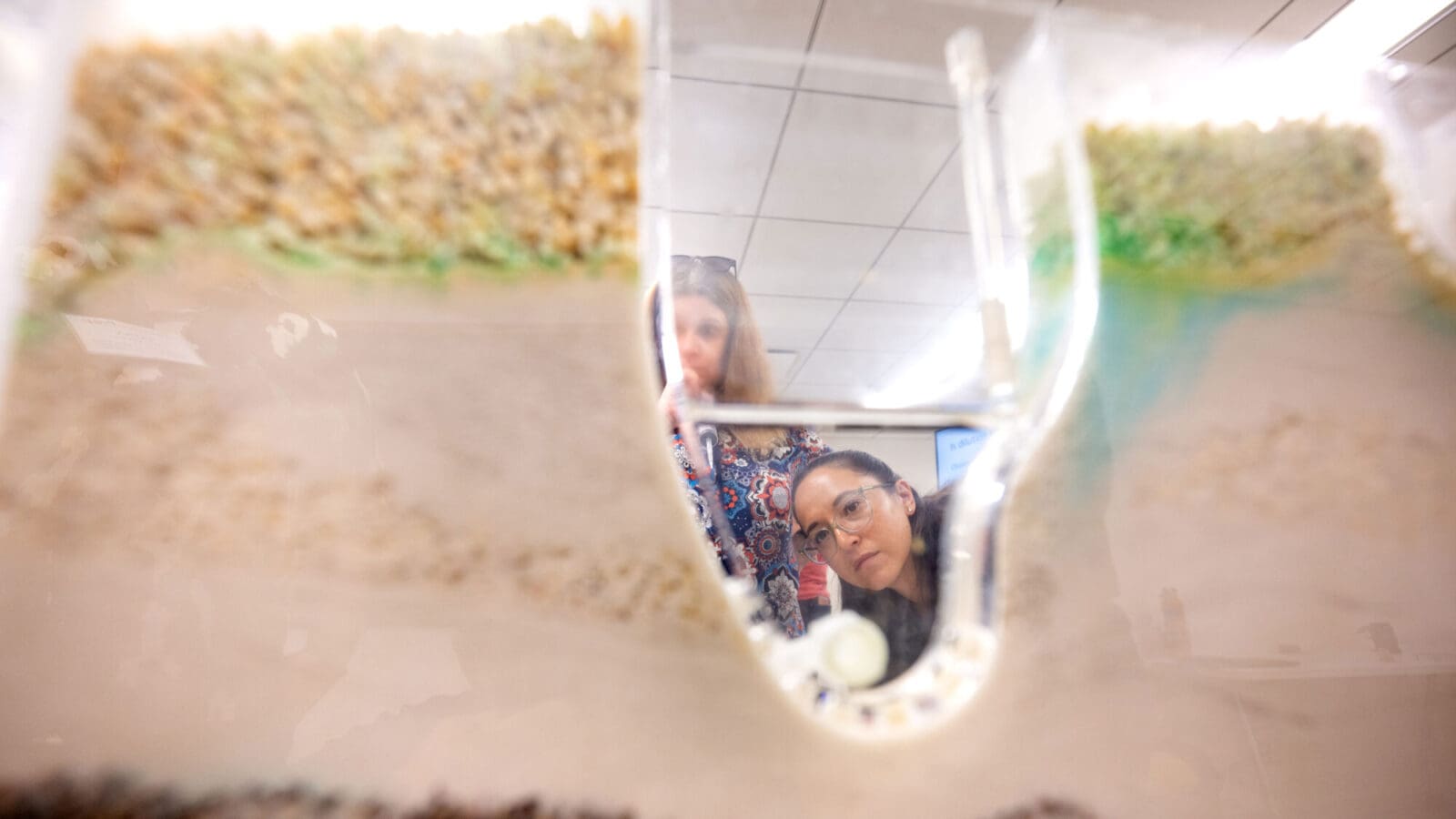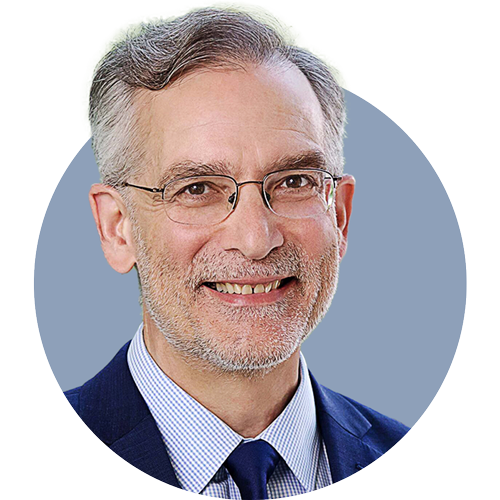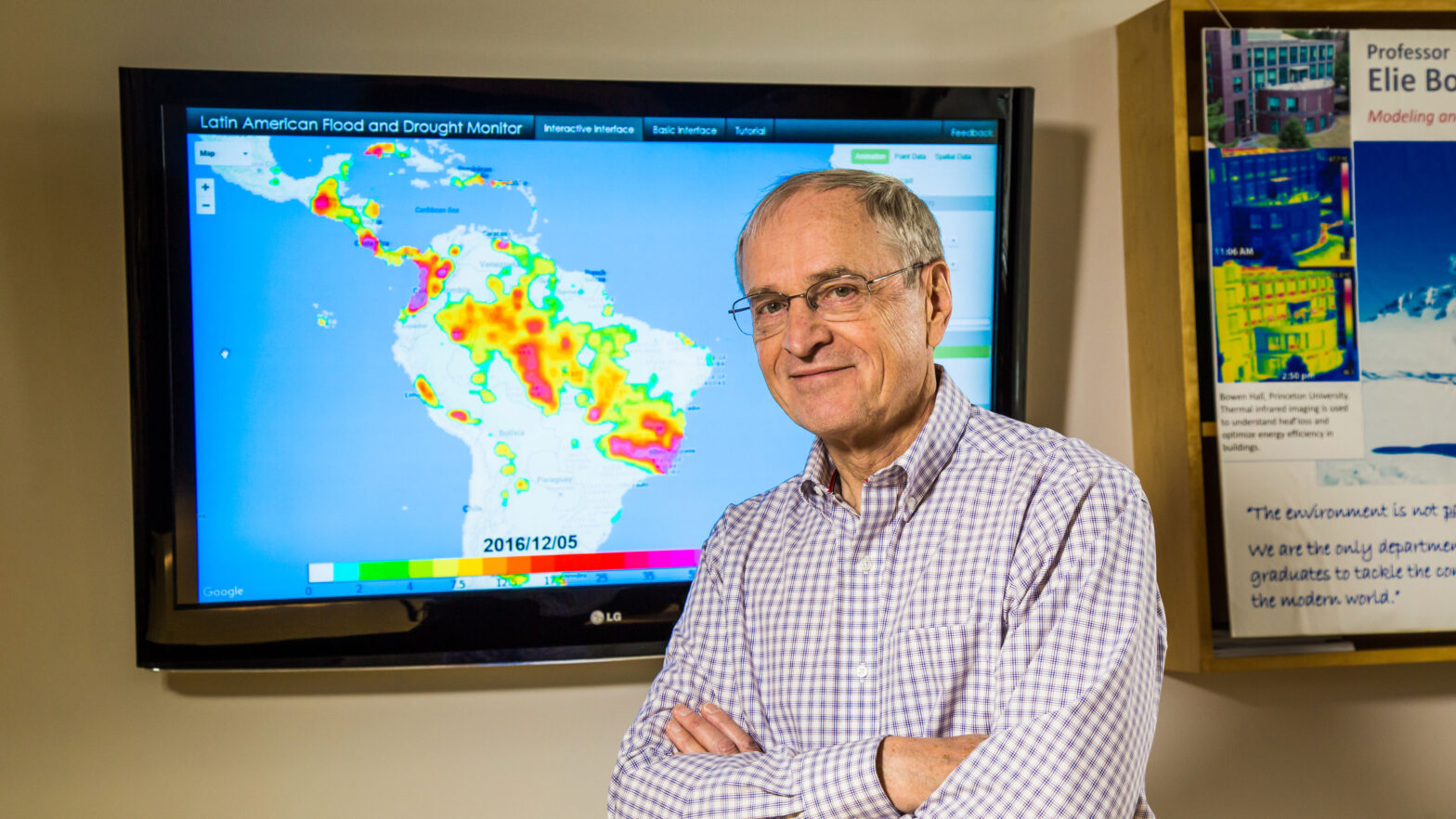
Eric Wood, leader in hydrology, dies at 74
By
on
Wood, the Susan Dod Brown Professor of Civil and Environmental Engineering, emeritus, pioneered research in hydrology, remote sensing, climate and meteorology, and led the Terrestrial Hydrology Research Group, which investigated land-atmosphere interactions for climate models and for water resource management. He was considered a visionary who shed new light on the role of water in the climate system and developed groundbreaking analytical tools.
Wood was also known for his large and influential research group at Princeton, serving as a mentor to more than 30 Ph.D. students, plus more than 30 postdoctoral researchers and staff.
“He was a giant in the field. He had a tremendous impact on the profession and certainly in the department at Princeton,” said Michael Celia, the Theodora Shelton Pitney Professor of Environmental Studies and Professor of Civil and Environmental Engineering. Celia noted that Wood was instrumental in developing the department and the Water Resources Program.
Early on, Wood worked on groundwater hydrology but then shifted to examining hydrologic atmospheric interactions in the evaporation of water and how that fits into the climate cycle, according to Peter Jaffé, the William L. Knapp ’47 Professor of Civil Engineering.
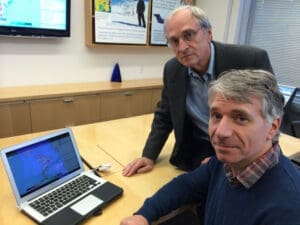
“That was a relatively new field, and kudos to him that he identified it early on as something that would be of interest,” Jaffé said, adding that Wood developed large-scale hydrologic models to link measurements of soil moisture content from satellites and airplanes to what’s happening deeper underground for an overall mass balance of water. “He could study desertification, how changes in atmospheric conditions and ground-soil moisture translated to desertification, and, in that field, he became one of the top leaders.”
These interactions of land, atmosphere and water are proving to have major repercussions on water supplies under a changing climate.
“He worked on important problems, not only scientifically interesting ones,” Jaffé said.
Wood, his students and co-researchers developed unique databases for large-scale hydrology models; they often were used by many other researchers, Jaffé said.
Justin Sheffield, one of Wood’s longtime co-researchers, said Wood had great insight into the major issues that defined water use on a global scale.
“Eric made a tremendous impact on the field of hydrology through his group’s research at Princeton over 40 years, including fundamental advances in how we observe, model and understand the global water cycle,” said Sheffield, head of geography and environmental science at the University of Southampton, England. “Perhaps more importantly, he pushed the international research community to collaborate on some of the biggest water-related challenges under global change.”
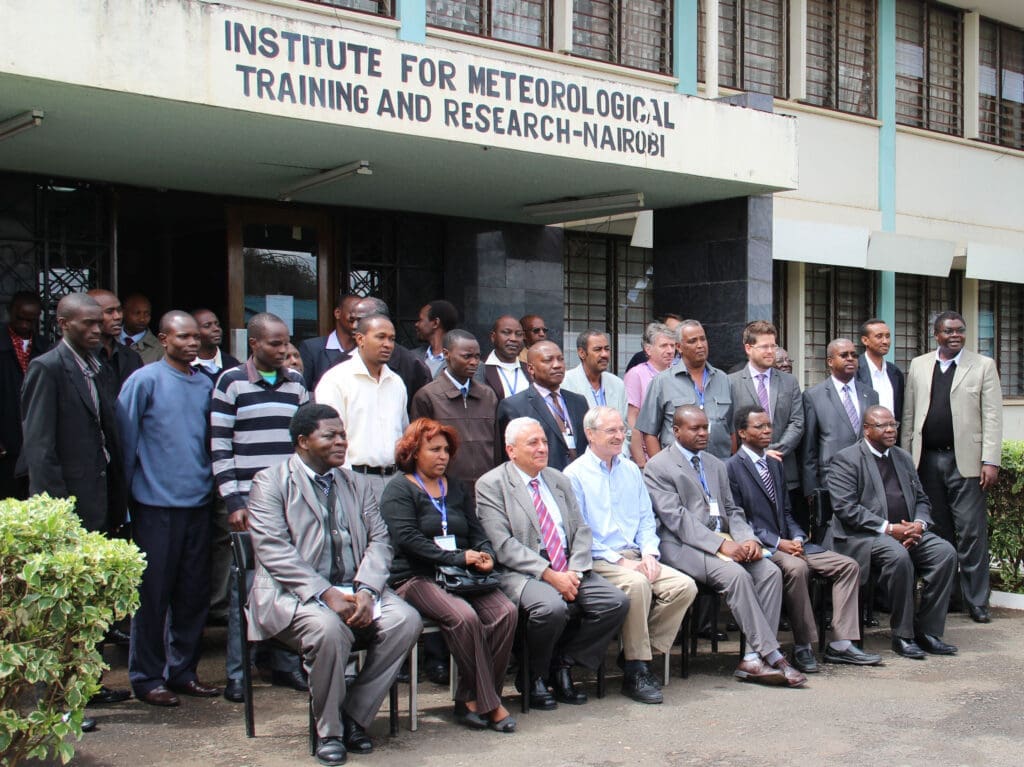
Wood had a very active and large research program that attracted significant external funding, boosting visibility for the department and University in the area of hydrology, Jaffé noted.
Mark Zondlo, who joined the department in 2008 and is now a professor of civil and environmental engineering, recalled being immediately impressed by Wood’s group. “His group meetings were the size of a faculty meeting,” Zondlo said. “It was the epitome of what I wanted my research group to be.”
Wood mentored Zondlo, now the department’s director of graduate studies, and emphasized the importance of graduate students because of their creativity, intelligence and openness to new approaches to problems. Zondlo recalled that Wood often advised listening closely to younger researchers, saying “graduate students take you to new places.”
Even this past summer, as his health declined, Wood was lobbying to be part of an upcoming faculty seminar, said colleague Michael Celia.
“That says a lot about who he was,” said Celia. “He had this incredible dedication to what he saw as his craft, and right up until the end, he wanted to be able to get up and talk about the work he was doing that he felt strongly about.”
One class Wood taught was especially memorable for Kaiyu Guan, who earned a Ph.D. in environmental engineering in 2013 with Wood as his adviser. For this hydrology class, Guan was the only student registered. All semester, Wood stood in front of the classroom, drawing on the blackboard and lecturing passionately for an audience of one.
Guan said Wood could be tough. “He always, always put me on the spot,” he said, even in such a tiny class. But the work gave Guan a deep understanding of the field, and their shared interest led to strong bond. “I did maybe seven more projects with him,” Guan said.
Guan said Wood saw through nonsense, hated fake science, and disliked people doing superficial things. But his attitude was instrumental in training students to be creative and independent thinkers, said Guan, now an associate professor in ecohydrology and remote sensing at the University of Illinois Urbana-Champaign.
“He gave students space to be independent, to think, to come up with their own ideas. He purposefully didn’t give you the answer. He gave you hints and guided you. He was patient,” said Guan, who called Wood his “academic father.” “He really wanted to give you the space to think for yourself. We are always proud we were trained by Eric, that we were Eric’s students.”
Outside the classroom, Wood loved the outdoors. His devotion to fishing was legendary, as the professor would invite colleagues to his house to sample large quantities of cured and smoked salmon he had caught. “When he didn’t talk hydrology, he often talked fishing,” said Jaffé.
Wood was born in Vancouver, Canada, in 1947 and earned a bachelor’s degree in civil engineering from the University of British Columbia in 1970 and his doctorate from the Massachusetts Institute of Technology in 1974.
After two years in Laxenburg, Austria, as a research scholar at the International Institute for Applied Systems Analysis, Wood joined Princeton’s faculty in 1976 and transferred to emeritus status in 2019, continuing to develop hyper-resolution land surface models.
Early in his career, Wood and a team of researchers conducted transformative work that pioneered data assimilation for hydrologic modeling. Data assimilation is a mathematical discipline that couples observations with theoretical dynamic models for the purpose of characterizing uncertainty and informing initial conditions for prediction.
Wood was also a pioneer in developing spatially distributed hydrologic models of watersheds to account for the effects of topography. He introduced the concept of a “representative elementary area” and quantified the minimum area needed to resolve watershed hydrologic response.
Wood’s work tackled practical problems, such as the field work he did at the Love Canal hazardous waste site in Niagara Falls, New York. Wood designed a soil sampling protocol that would enable the Environmental Protection Agency to decide whether the land could be resold and people could move back in. Wood took a lead role in planning for the NASA Earth observing system satellites, and he was part of the first team that proposed a soil moisture observation mission, opening up satellite remote sensing as a source of valuable data in the field of hydrology.
Around 2010, Wood proposed the development of hyper-resolution land-surface models with spatial resolution smaller than 100 meters, which could be applied at continental scales. The approach enabled discovery of patterns of river flows, floods and drought at scales ranging from regional to global. In recognition of these advancements, in 2017 Wood was awarded the American Geophysical Union’s highest honor in hydrology, the Robert E. Horton Medal for “major advances toward process-based representation of global hydrology.” It was one of 17 major awards for research scholarship won by Wood. He also was elected to the National Academy of Engineering “for development of land surface models and use of remote sensing for hydrologic modeling and prediction.”
He is survived by his siblings John Wood, Elizabeth Wood and Peter Wood; former spouse Katharine Wood; his children Alex Wood and Emily Wood; and his grandchildren Clementine Crouch, August Wood, Elliott Wood and Silas Wood.


